News - Advertising
The New Ad Kitchen
by Iain Akerman
February 8, 2019
.jpg) Advertisement
AdvertisementIf you cast your mind back, creative departments were once built around the binary structure of copywriter and art director. Sure, there were senior art directors, senior copywriters, creative directors and executive creative directors, but the beating heart of an agency was the union of art and copy.
Such practitioners occupied converted warehouses in New York or lofts in London and were revered by their peers as scribes and artists. They would sit for hours just thinking. Only occasionally would they stir to craft a three-word tagline of undeniable wit.
As much as we may mock or envy the concept now, such a coupling led to the creationimp of much of the world’s most memorable advertising. They were the main ingredients in advertising’s kitchen. The salt and pepper of communication.
“Though we’ve always called the creative department an ad kitchen, I don’t think it ever functioned like one,” says Vidya Manmohan, executive creative director at Grey Dubai. “We were divided in silos and invisibly chained to our desks. Today, it’s not just the physical walls that have disappeared. It’s also the mindset that has changed.
“Though we continue to have the titles, the dynamics of how we work with one another has become quite fluid. It’s not a production line anymore, but a breeding ground for creativity where everyone’s opinions are respected and the best implemented. This only makes it easier to adapt to an ever-changing industry like ours.”
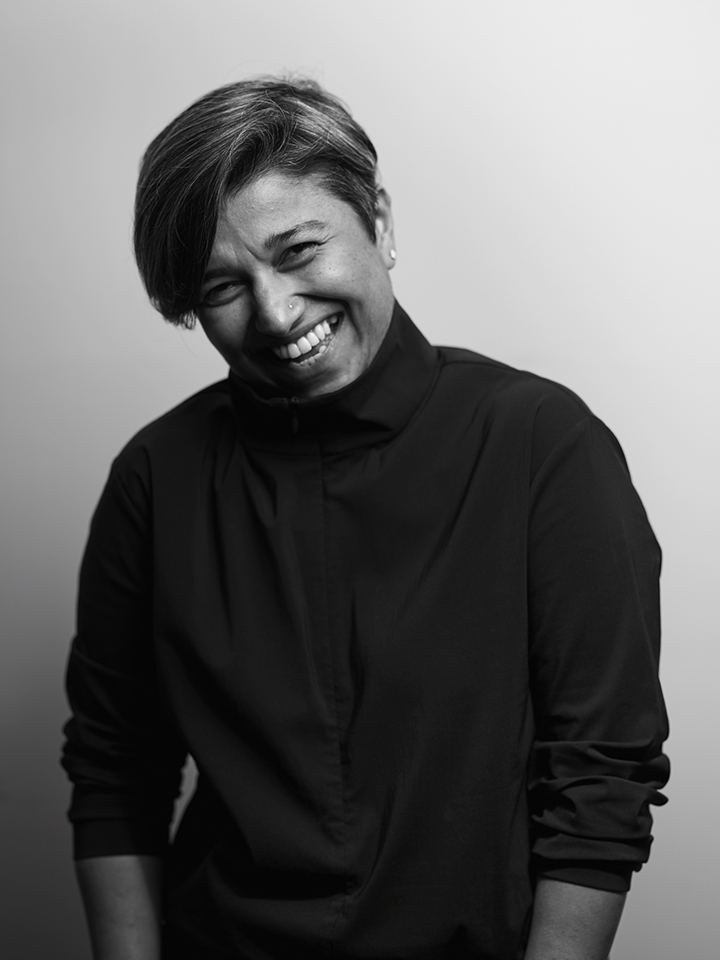
“”Though we continue to have the titles, the dynamics of how we work with one another has become quite fluid. It’s not a production line anymore, but a breeding ground for creativity where everyone’s opinions are respected and the best implemented. This only makes it easier to adapt to an ever-changing industry like ours.”--Vidya Manmohan, executive creative director at Grey Dubai
Today’s ad kitchen would be barely recognisable to someone from the halcyon days of advertising. Gone are the cigarettes and four-hour lunch breaks. Gone too are the typewriters and the fax machines. In their place are motion designers, scriptwriters, data directors, data analysts and social directors. All those skill sets that were previously the realm of science or analytics, yet are now seemingly prerequisites for a career in advertising.
“Nowadays, with data collection it feels that even the audience is part of the department,” says Marie-Claire Maalouf, associate creative director at Impact BBDO Dubai. “We get to understand all about them and, through their feedback, assess what actually moves them.”
For Maalouf, two ingredients have dramatically transformed an agency’s creative department. One is digital. The other is diversification.
“The new pool of talent are digital natives who can pick up a broad range of skills rather than specialising in one,” she says. “What’s interesting to note is that even nurseries are teaching coding now. If you don’t believe it, just pay a visit to the Nursery of the Future in Dubai. So designers won’t just be designers anymore, but also coders, editors, and maybe sound engineers.
“Even the way the department is structured today is more fluid and dynamic, with the addition of talent not only with digital know-how, but from cultural, audio-visual, and influential backgrounds. And, depending on the brief at hand, you can see more co-creation between different fields in order to create the most immersive and valuable experience for the client.”
This transformation arguably began with the letter ‘d’. As agencies realised they must evolve in the age of the internet, all jobs started to begin with that one previously innocuous letter. Hence digital director, digital art director, digital designer. Most agencies even created separate digital departments before realising they were counterproductive and merged them back into the creative department.
That consolidation is part of a wider trend. Whereas once specialisation was the driving force behind agency strategy, leading to the creation of everything from experiential divisions to shopper marketing departments, now integration is in vogue. That means all disciplines being rolled into one core agency unit. All of which has not only impacted the chemistry of the creative department, but has changed how agencies work.
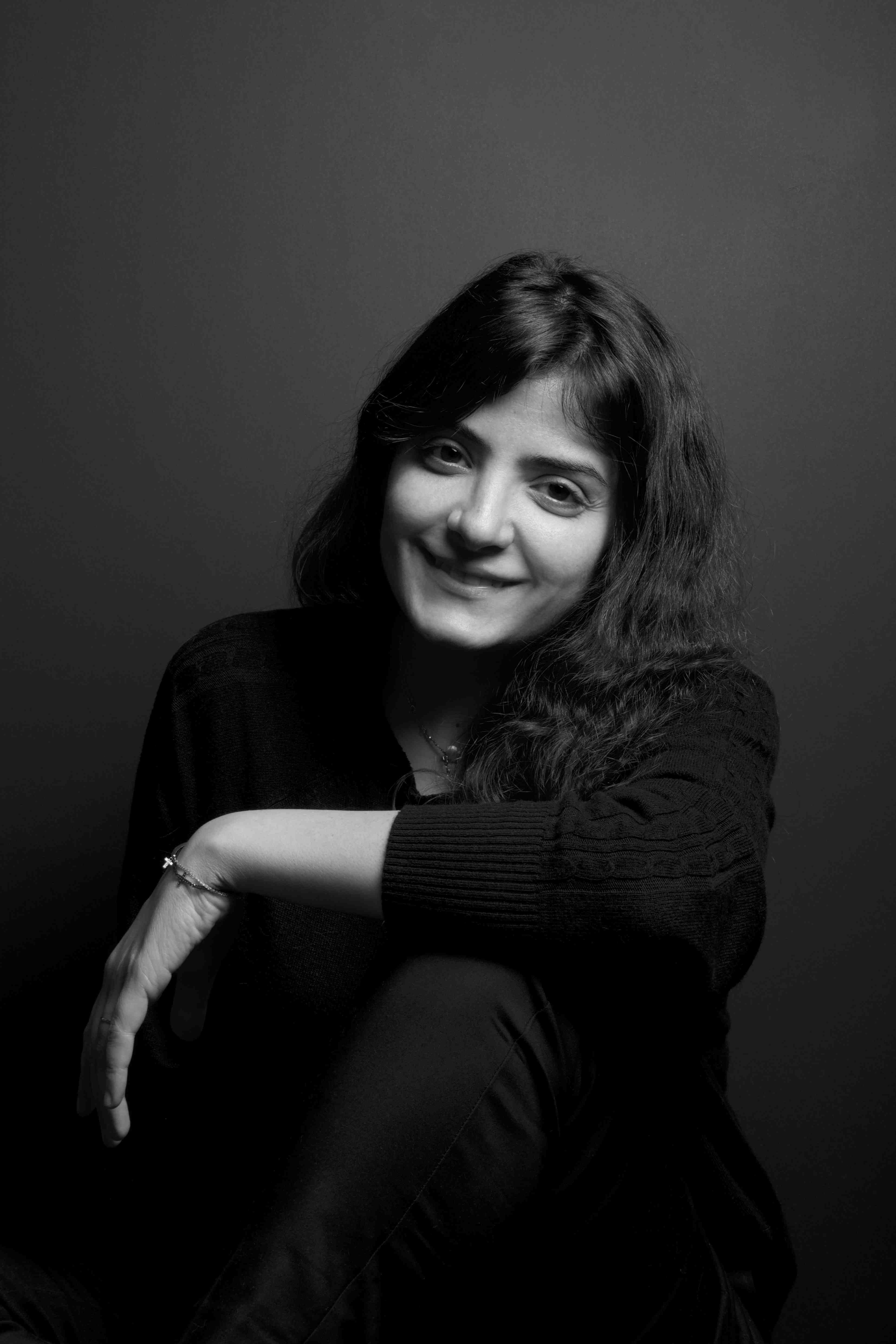
“Even the way the department is structured today is more fluid and dynamic, with the addition of talent not only with digital know-how, but from cultural, audio-visual, and influential backgrounds. And, depending on the brief at hand, you can see more co-creation between different fields in order to create the most immersive and valuable experience for the client.”--Marie-Claire Maalouf, associate creative director at Impact BBDO Dubai
“It feels that now the process works in a horizontal fashion as opposed to following a vertical model,” says Maalouf. “The only vertical thing we’ve added in the department is a vertical TV screen that we installed as a content hub that displays best in practice ‘vertical’ formats. It’s a place where we test whether our work works.
“Also, the creatives don’t live on an island anymore. We used to get a list of deliverables then shut the door and get to work. But now it’s more about collaborating and building partnerships, trusted relationships where we can all learn, use the strength of each other and create more innovative and stronger products. It’s not just within the agency or with our clients but with our audience too. It’s a digital democracy where they can tell you exactly how you’re doing at every step of the way. Most clients are adopting this new way of working and it’s appealing to them, especially clients that are by nature digital or are a new tech product.”
For creatives such as Manmohan, this is a new and exciting place to be. After all, this is the era of the multi-skilled. And although the coupling of art and copy remains, even copywriters and art directors no longer work in isolation.
“More than adding, we have dissolved quite a few must-have disciplines and integrated them into creatives’ must-have skill sets,” says Manmohan. That means having an understanding of data analytics, user experience, the ability to design content strategies and being social media savvy.
“I’ve never felt better,” she adds. “When you’re an art director, copywriter, production head, traffic manager, photographer, DOP, presenter and, at most times, a comedian, mother, sister, friend, coffee maker, and chef, how can anything alter your role?”
Of course, not all of the above apply to all agencies. Each has evolved at its own pace. In some cases, traditional creative departments have been transformed into collections of creative individuals who work as ‘singles’, all bouncing off each other. These singles are the multi-skilled individuals that both Manmohan and Maalouf talk about, only they’re not tied to the traditional coupling of art and copy.
At Impact BBDO the dynamic between art and copy is still important. Elsewhere, less so. But the overall goal is to forge more fluid, reactive and experimental creative departments that are capable of thriving in an era of constant change.
“Creativity at its core hasn’t changed but the tools and resources you need to create are now different, constantly evolving and changing,” says Maalouf. “And curiosity is key to exploring them. You can decide not to innovate. And that’s ok. But you’ll find yourself speaking a different language that your audience no longer speaks. But once you have that curiosity inside you, it will take you to whole new levels. So I decided to keep myself curious.”
Manmohan agrees. “When the ingredients that go in are so fresh, you can only expect industry-transforming ideas on the table,” she says. “Where there is no room for fear, failure or ego. Where the chaos is only from the restlessness to be purposefully creative, bulldozing every obstacle and outdated institution that gets in the way, there will definitely be magic. We shouldn’t waste time trying to label them, instead just bask in it.”


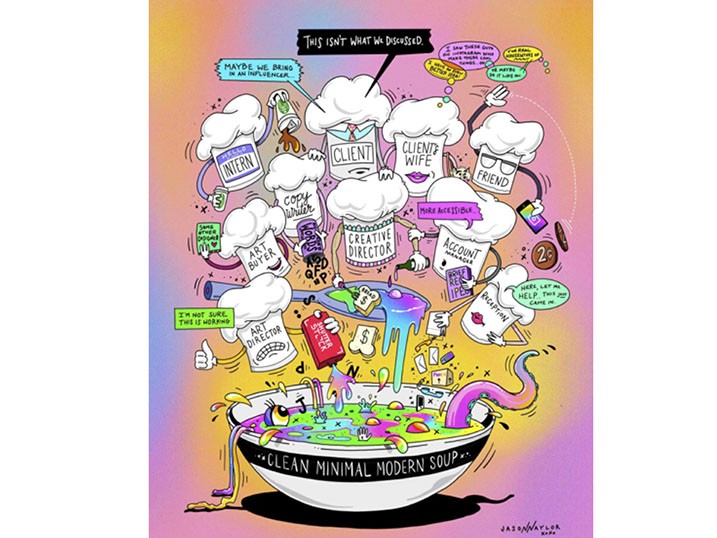
.jpg)
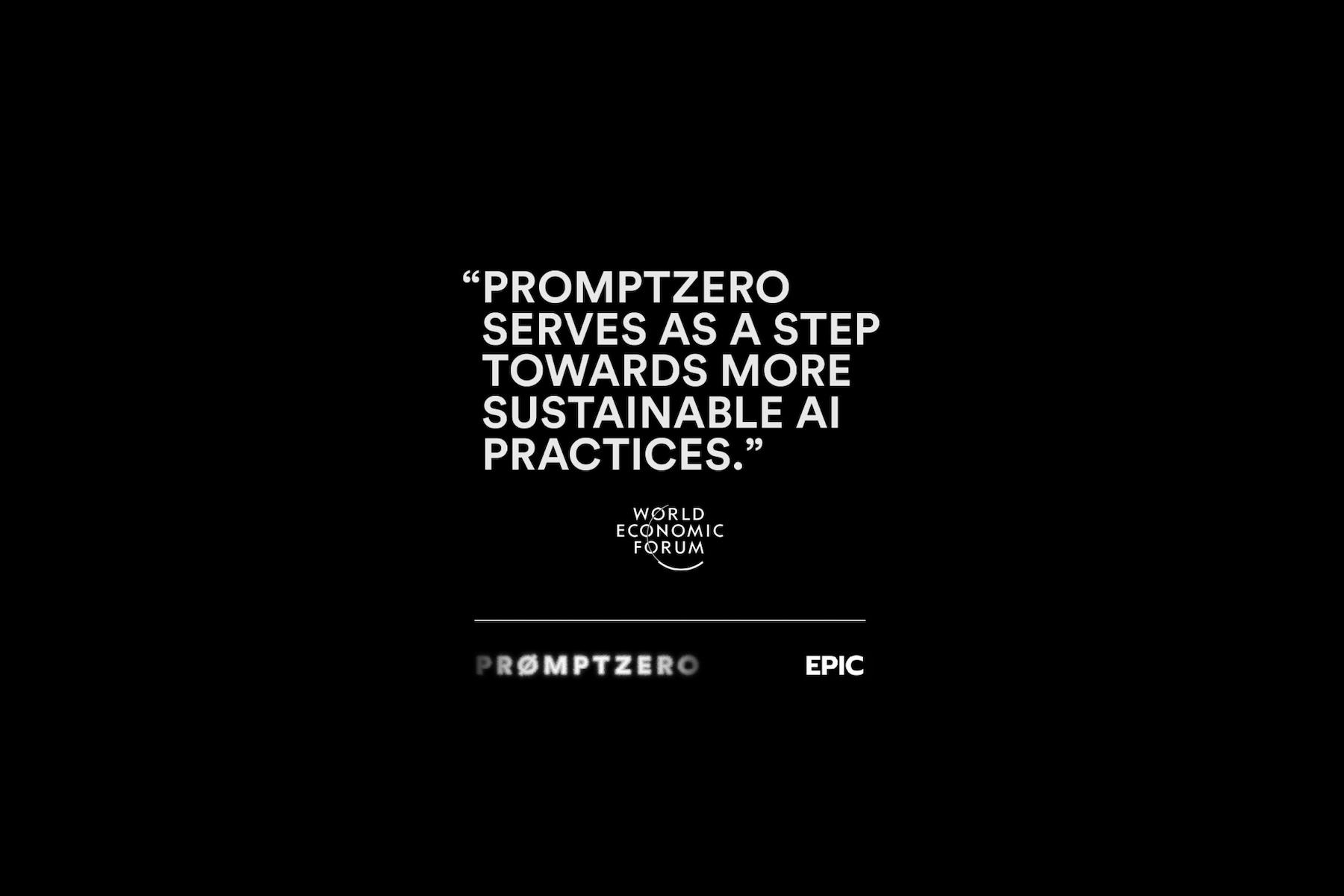

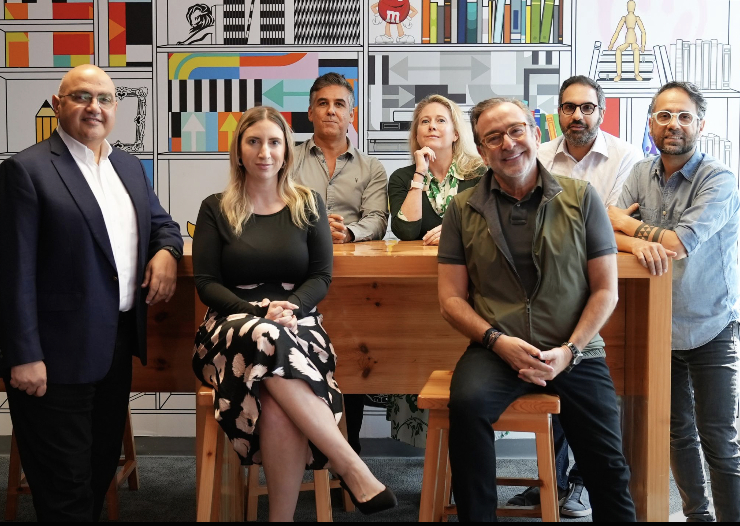

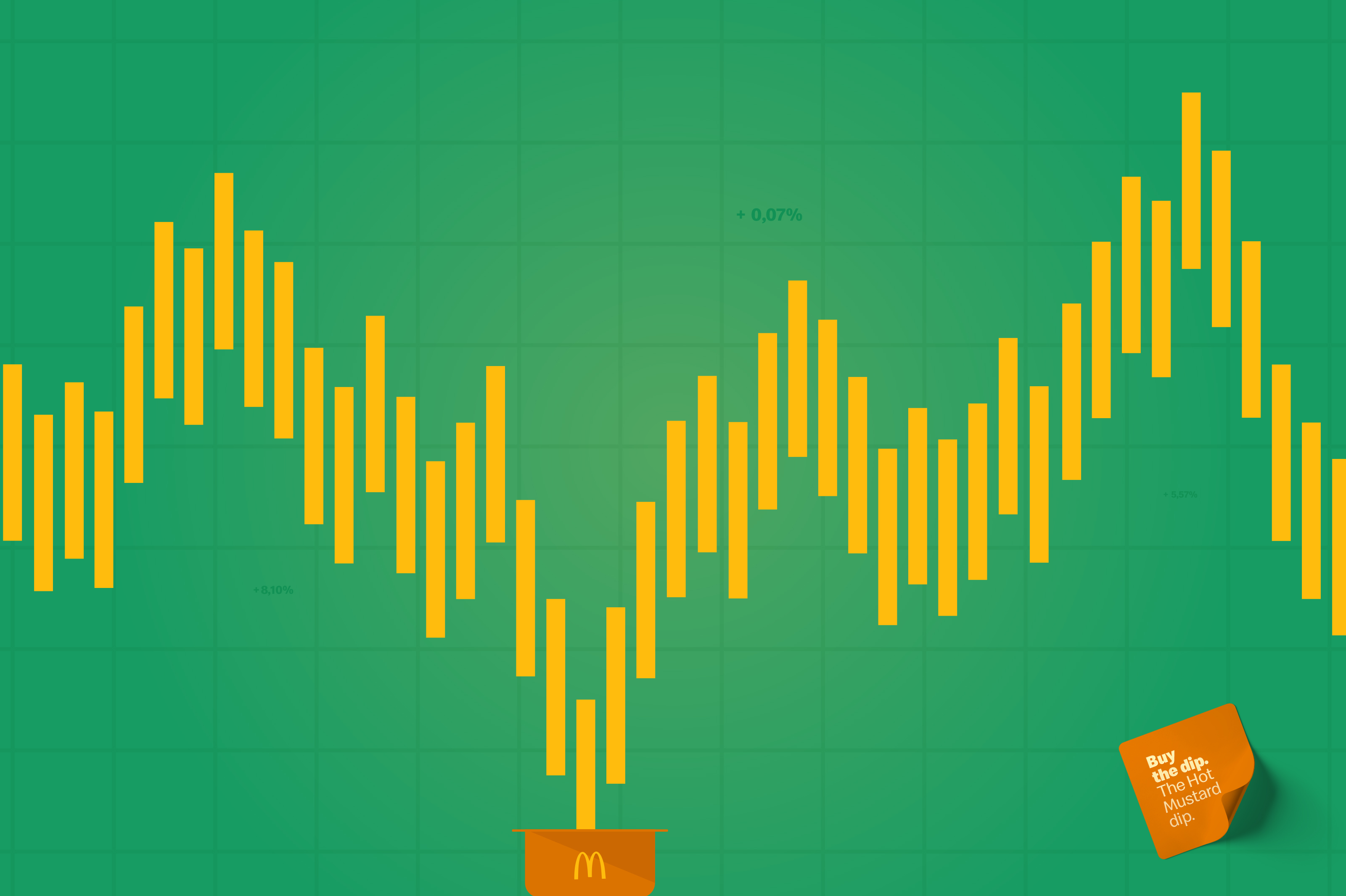
.jpg)




